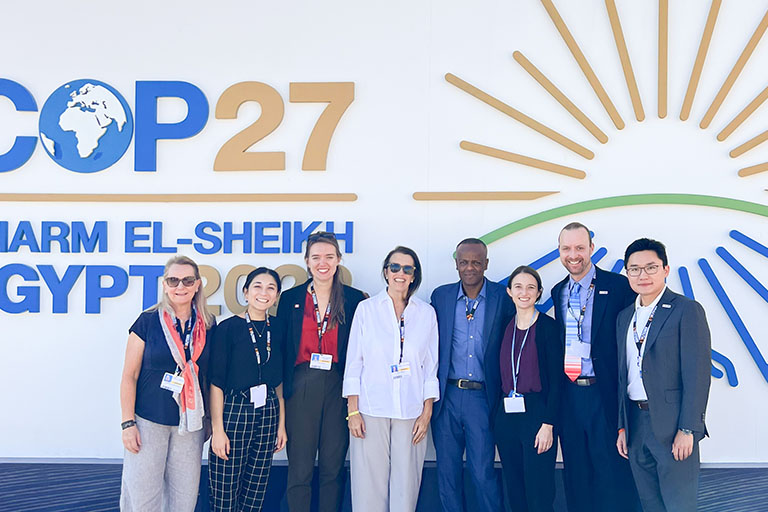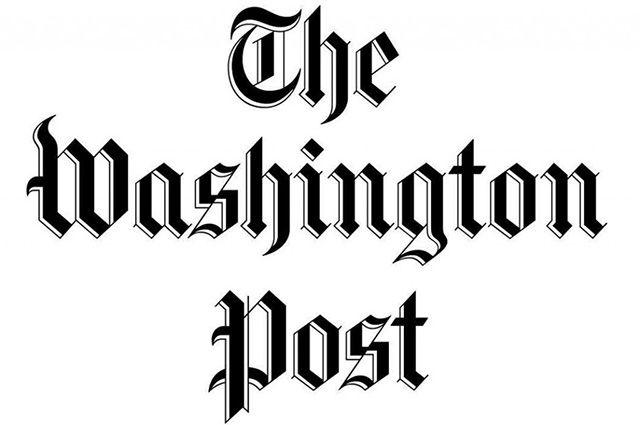-

Hear from Professor Monica Toft
Learn how Professor Monica Toft is shaping the study of global affairs and diplomacy at Fletcher.
Hear from Prof. Toft -

Explore Fletcher academics in action
Fletcher Features offers insights, innovation, stories and expertise by scholars.
Get global insights -
Get application tips right from the source
Learn tips, tricks, and behind-the-scenes insights on applying to Fletcher from our admissions counselors.
Hear from Admissions -

Research that the world is talking about
Stay up to date on the latest research, innovation, and thought leadership from our newsroom.
Stay informed -
Meet Fletcherites and their stories
Get to know our vibrant community through news stories highlighting faculty, students, and alumni.
Meet Fletcherites -

Forge your future after Fletcher
Watch to see how Fletcher prepares global thinkers for success across industries.
See the impact -

Global insights and expertise, on demand.
Need a global affairs expert for a timely and insightful take? Fletcher faculty are available for media inquiries.
Get in Touch
Two of China’s Belt and Road projects reveal a flaw in the G-7′s new global financing plan
Alvin Camba of Fletcher’s Climate Policy Lab discusses his research that sheds light on why countries choose to work with Chinese partners in The Washington Post.

At their summit in Cornwall, England, President Biden urged fellow G-7 leaders to offer billions of dollars in aid to form an alternative to China's Belt and Road Initiative. Since 2013, Beijing's global infrastructure drive has poured Chinese money into energy, mining, port, railroad, telecommunications and other projects across the world.
Biden's team, members of the former Trump administration and senators from both sides of the aisle have expressed concerns that Beijing uses the Belt and Road Initiative to serve China's interests. As a U.S.-led effort, the new Build Back Better World plan announced earlier this month aims to mobilize private capital to address the infrastructure demands of low- and middle-income countries.
But do borrowing countries turn to Chinese financing because they lack global funding options, or because China wields its influence to pressure them? My research in the Philippines illustrates that's not the full story — some leaders choose to work with Beijing because these projects give them greater control over the ventures.

